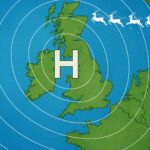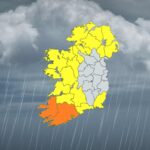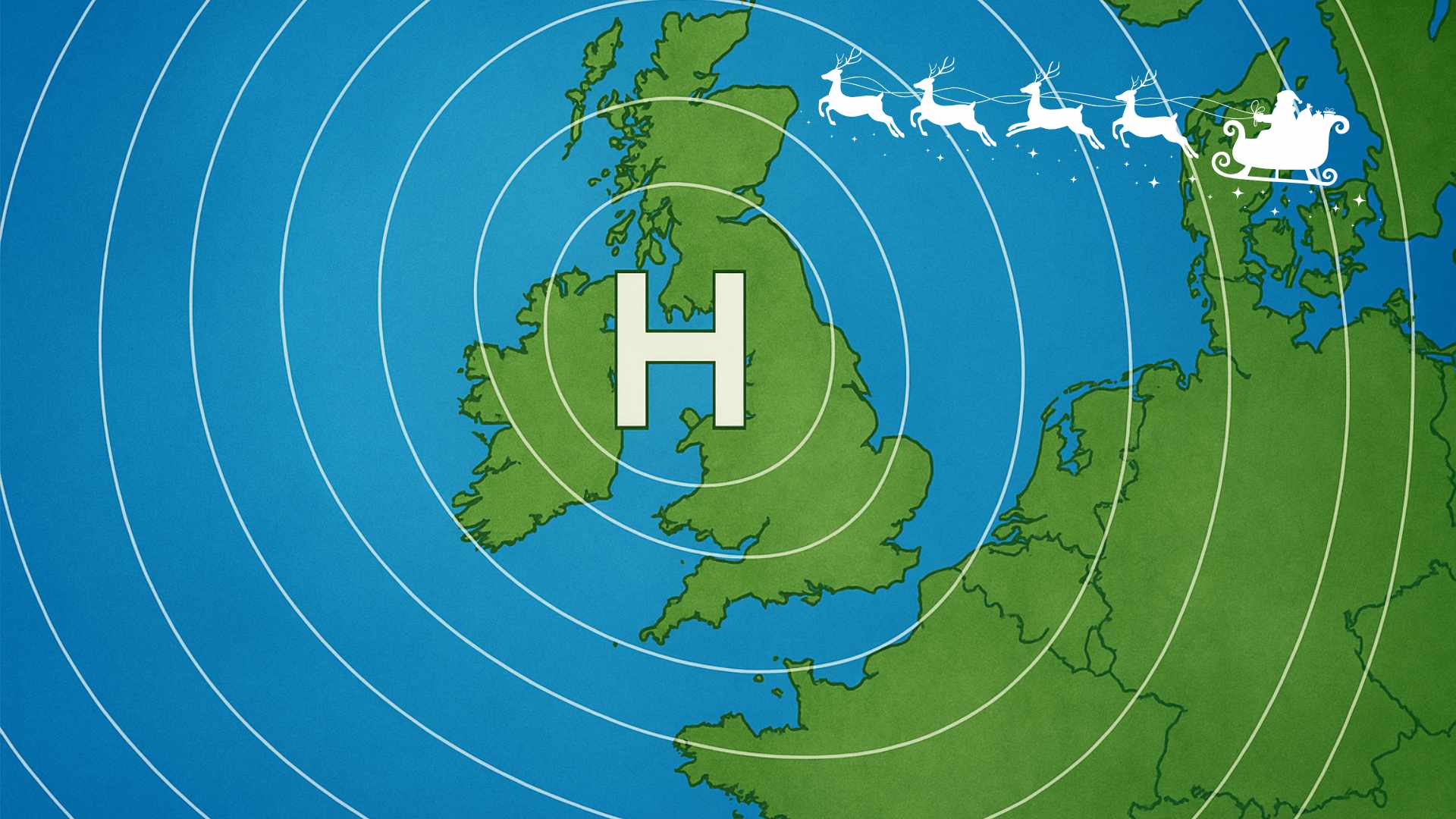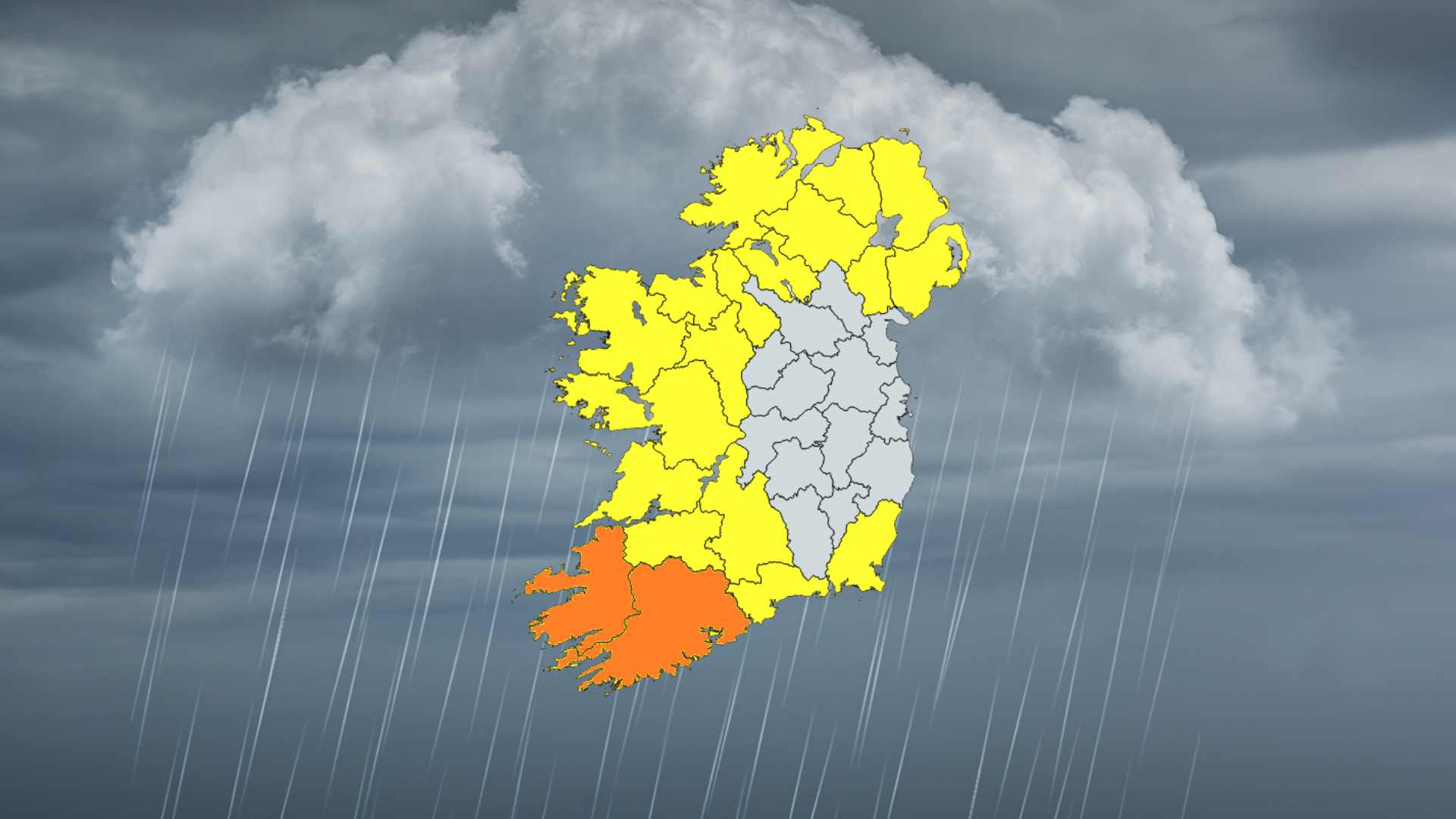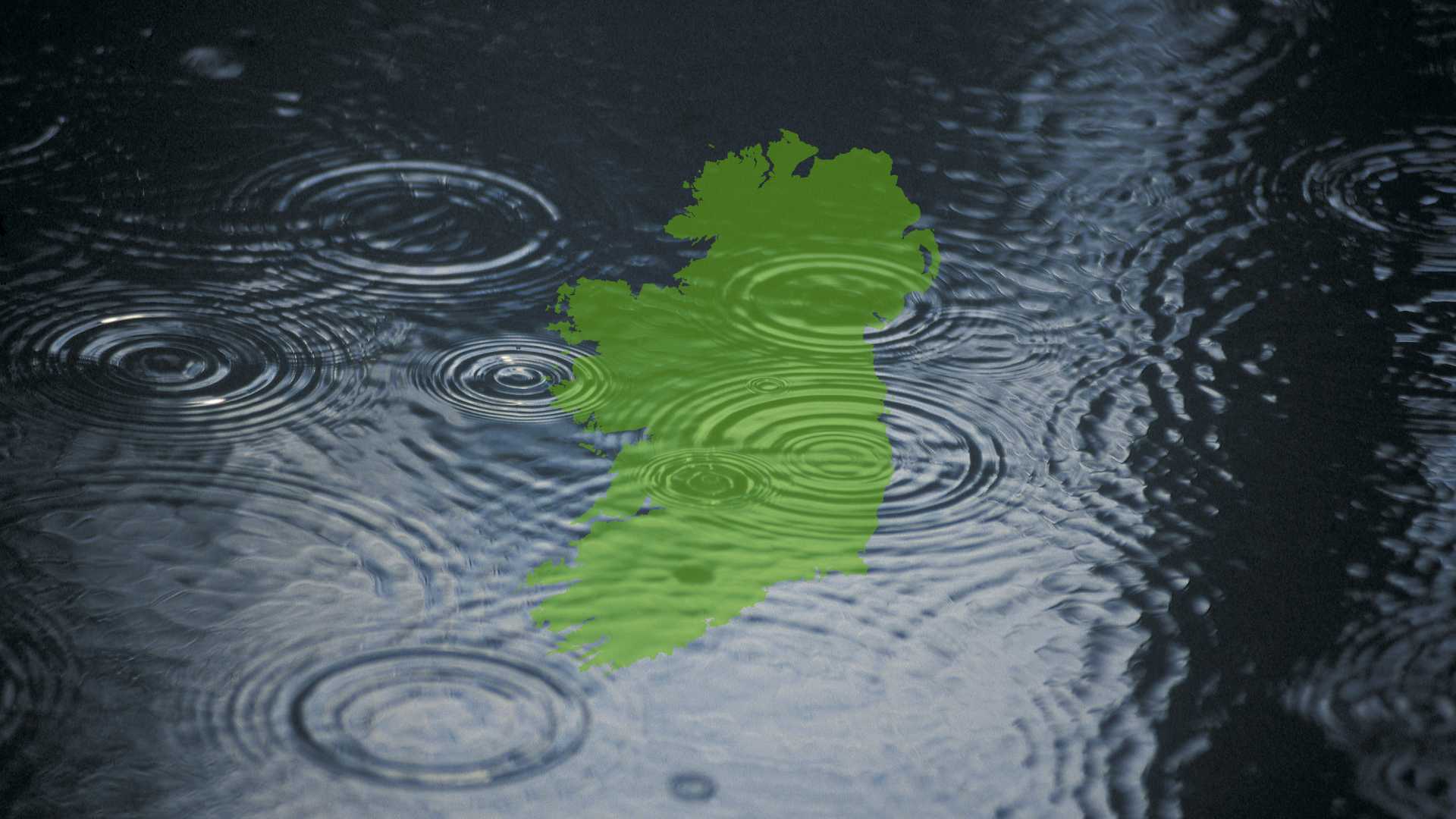
UKMO long-range forecast signals return to showery setup
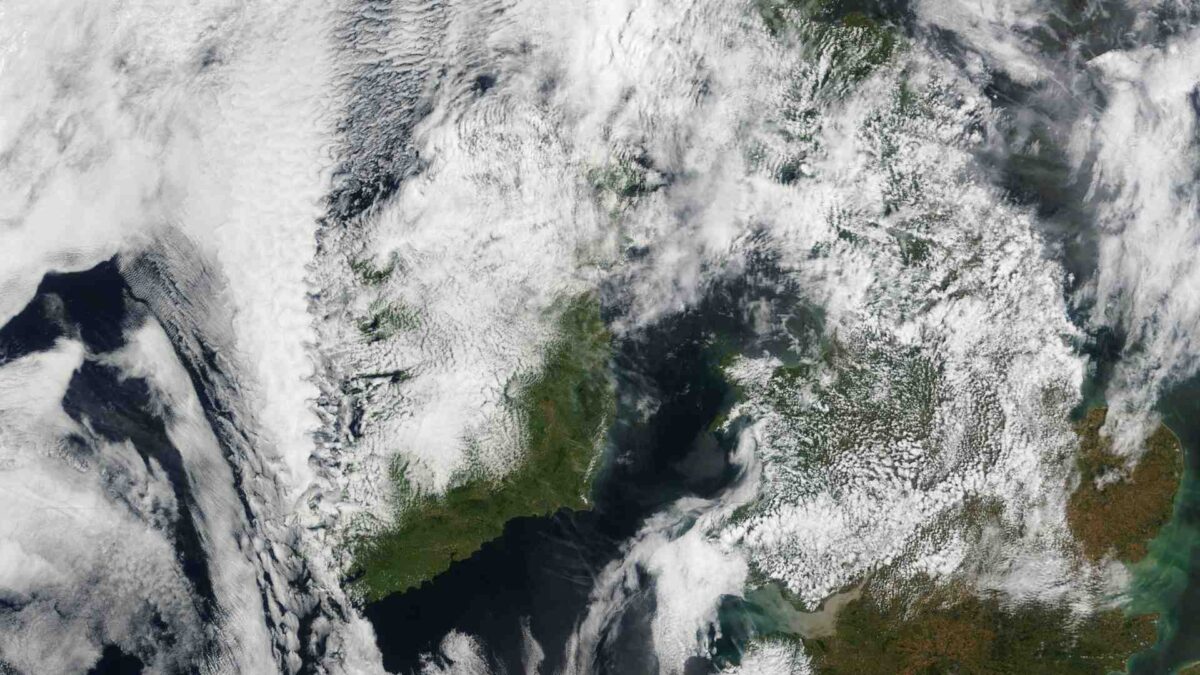
The latest long-range outlook from the UK Met Office signals a shift in weather patterns over the coming weeks, as the weekend’s heatwave begins to break down and more unsettled conditions move in from the Atlantic.
Monday 14 July – Wednesday 23 July: Heatwave Fades, Showers Return
Following a spell of intense heat, a cooler and more changeable regime is forecast to set in early next week. A cold front is expected to push in from the west, bringing with it outbreaks of heavy rain or showers, with the potential for thunderstorms—especially in northern and western parts of the UK and Ireland.
As the week progresses, the Met Office anticipates a mixed bag of sunshine and showers. While western and northwestern regions are likely to see the bulk of the rainfall, conditions will remain somewhat drier and warmer further south and east. That said, even the more settled areas won’t be immune to occasional downpours.
Temperatures are forecast to stay above average overall, particularly in the south and east, where another burst of very warm or even hot weather remains possible.
Thursday 24 July – Thursday 7 August: High Pressure in the South, Hot Spells Still Possible
Looking further ahead, the Met Office suggests a continuation of the north-south weather divide. High pressure is expected to dominate in the south, bringing drier and warmer conditions, while lower pressure to the north could keep things more unsettled across the northwest.
Temperatures are expected to stay above seasonal norms, with a greater-than-normal chance of further hot spells—particularly in southern and southeastern areas. However, as we move into early August, there are emerging signs of a more generally unsettled spell developing. The timing and extent of this shift remain uncertain, but it could bring wetter conditions more widely across the UK and Ireland.
Share this WeathÉire story: